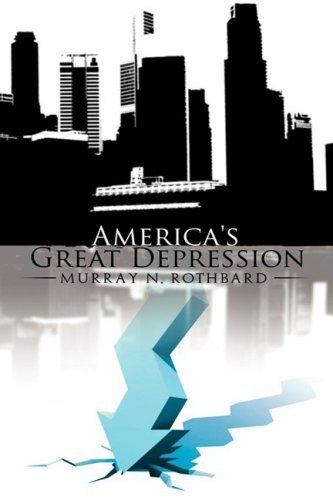
Vertel uw vrienden over dit artikel:
America's Great Depression
Murray N Rothbard
America's Great Depression
Murray N Rothbard
Rothbard opens with a theoretical treatment of business cycle theory, showing how an expansive monetary policy generates imbalances between investment and consumption. He proceeds to examine the Fed's policies of the 1920s, demonstrating that it was quite inflationary even if the effects did not show up in the price of goods and services. He showed that the stock market correction was merely one symptom of the investment boom that led inevitably to a bust. The Great Depression was not a crisis for capitalism but merely an example of the downturn part of the business cycle, which in turn was generated by government intervention in the economy. Had the book appeared in the 1940s, it might have spared the world much grief. Even so, its appearance in 1963 meant that free-market advocates had their first full-scale treatment of this crucial subject. The damage to the intellectual world inflicted by Keynesian- and socialist-style treatments would be limited from that day forward.
About the Author
Murray N. Rothbard, the author of 25 books and thousands of articles, was a historian, philosopher, and dean of the Austrian School of economics. The S. J. Hall Distinguished Professor of Economics at the University of Nevada, Las Vegas, he was also Academic Vice President of the Ludwig von Mises Institute in Auburn, Ala.
376 pages
| Media | Boeken Hardcover Book (Boek met harde rug en kaft) |
| Vrijgegeven | 3 april 2009 |
| ISBN13 | 9781607961109 |
| Uitgevers | www.bnpublishing.com |
| Pagina's | 376 |
| Afmetingen | 160 × 229 × 34 mm · 721 g |
| Taal en grammatica | Engels |
Meer door Murray N Rothbard
Anderen hebben ook gekocht
Bekijk alles van Murray N Rothbard ( bijv. Paperback Book , Hardcover Book , Book en CD )



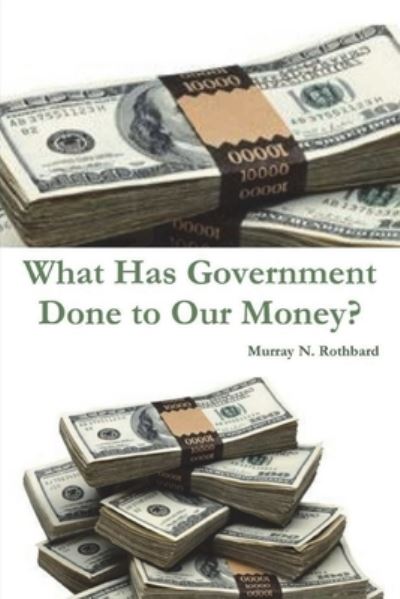
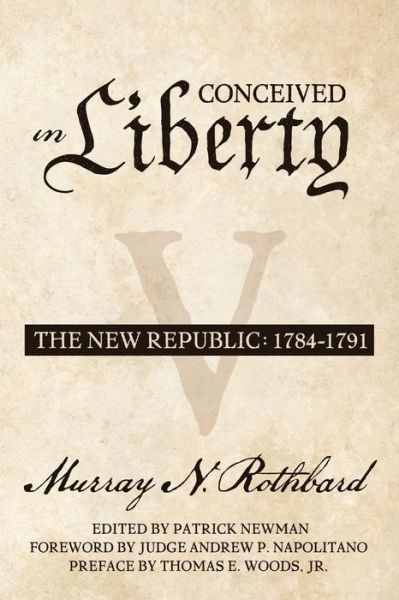
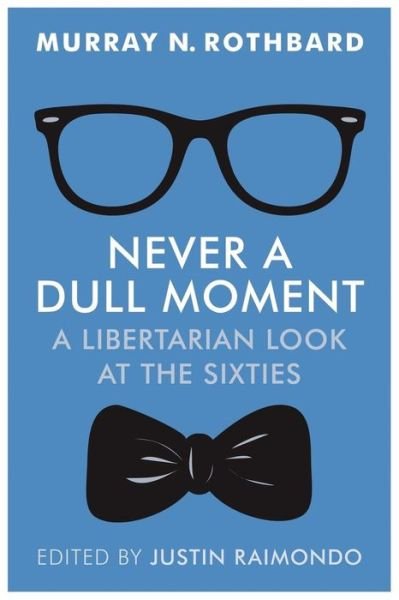

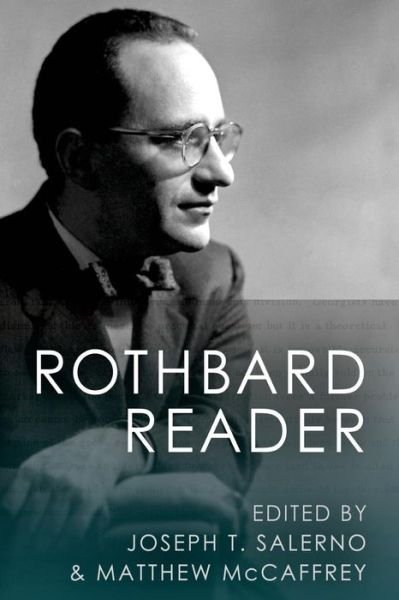







![Cover for Murray N Rothbard · The Panic of 1819 (Paperback Book) [Large Print edition] (2013)](https://imusic.b-cdn.net/images/item/original/942/9781492902942.jpg?murray-n-rothbard-2013-the-panic-of-1819-paperback-book&class=scaled&v=1651109038)
![Cover for Murray N Rothbard · The Review of Austrian Economics: Volume 4 (Paperback Book) [Softcover reprint of the original 1st ed. 1990 edition] (2013)](https://imusic.b-cdn.net/images/item/original/561/9789401734561.jpg?murray-n-rothbard-2013-the-review-of-austrian-economics-volume-4-paperback-book&class=scaled&v=1516046744)
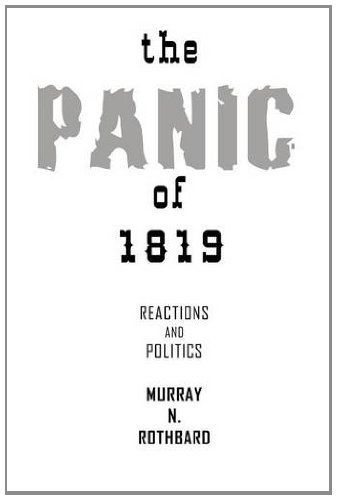



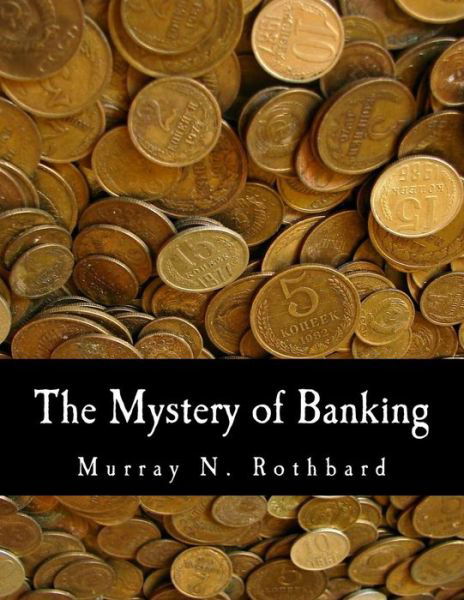

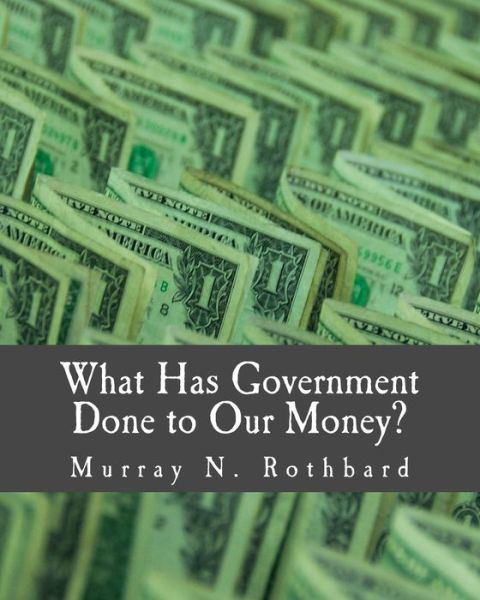
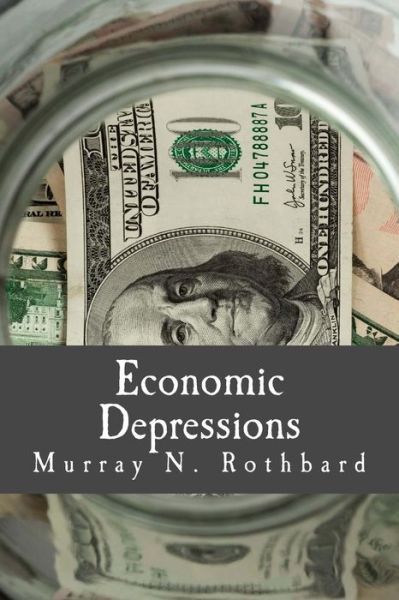
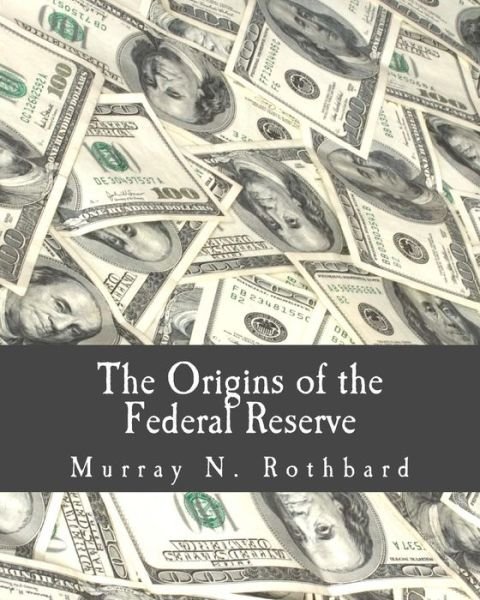

![Cover for Murray N Rothbard · Making Economic Sense (Paperback Book) [Large Print edition] (2006)](https://imusic.b-cdn.net/images/item/original/242/9781480005242.jpg?murray-n-rothbard-2006-making-economic-sense-paperback-book&class=scaled&v=1651896194)



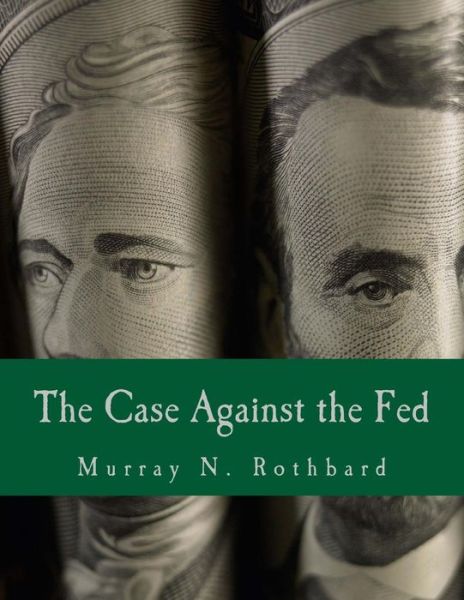

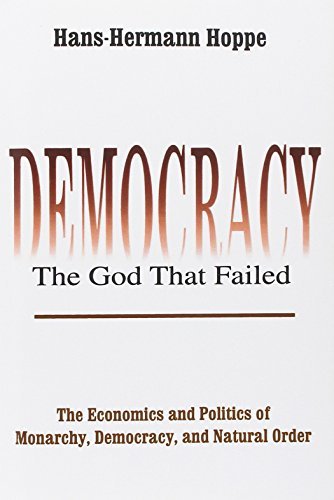



![Cover for John Gray · Mænd er fra Mars, kvinder er fra Venus (Sewn Spine Book) [1e uitgave] (2005)](https://imusic.b-cdn.net/images/item/original/185/9788741866185.jpg?john-gray-2005-maend-er-fra-mars-kvinder-er-fra-venus-sewn-spine-book&class=scaled&v=1319493616)